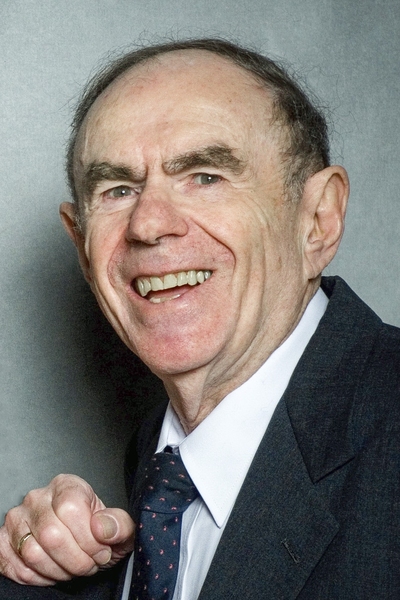Arthur Freeman ’52 PhD ’56, the first associate director of MIT’s National Magnet Laboratory (NML), passed away on June 7, at the age of 86.
Born in Lublin, Poland, in 1930, Freeman arrived in the United States at the age of 7. He studied physics at MIT, both as undergraduate and graduate student, receiving his PhD in 1956 under the supervision of John Slater. After spending time teaching at Brandeis University and working at the U.S. Army Materials Research Agency in Watertown, Massachusetts, he returned to MIT in 1962 to join the newly formed National Magnet Laboratory (NML), which was under the direction of Benjamin Lax. Freeman arrived in time to see NML move from Building 4 to its current home on Albany Street, where he filled the newly created position of associate director. He was instrumental in bringing to the lab new physicists with backgrounds in superconductivity and magnetism, both theoretical and experimental.
Freeman was a solid-state theorist interested in the electronic and magnetic properties of rare-earth and other transition metals. He was well known among solid-state experimentalists for his work on hyperfine interactions in transition metals, organizing an international conference devoted to the topic in 1966.
In 1967 he left MIT to become chair of Northwestern University’s physics department, where he made major contributions to the field of computational physics and materials science. He was a pioneer in the development of first-principles quantum simulation methods for complex magnetic and superconducting materials, including their structural, electronic, magnetic, optical and mechanical properties.
In 1987 his research brought him to a meeting in New York City to discuss fast-breaking progress in superconductivity. A photograph of Freeman explaining the molecular structure of exciting new high-temperature superconducting materials was published on the front page of the New York Times. The meeting, which attracted thousands of physicists, became known as “the Woodstock of Physics.”
Freeman was honored to become the Morrison Professor of Computational Physics in 1992. He became emeritus in 2014, retiring to Brookline, Massachusetts.
The many awards and honors he received are a testament to the impact he made on his field. He was a Guggenheim Fellow in Physics, a Fulbright Fellow, an Alexander von Humboldt Fellow, as well as a fellow of the American Association for the Advancement of Science and afellow of the American Physical Society. He received the first Medal of the Materials Research Society, and the first Magnetism Award of the International Union of Pure and Applied Research. He was the founding editor-in-chief of the Journal of Magnetism and Magnetic Materials.
Freeman is survived by his wife, Doris Caro Freeman; two of his four children, Seth Freeman and Sarah Packer; four grandchildren; two stepchildren, MIT Professor Jeffrey Grossman and Anne Grossman-Bernheimer; and six step-grandchildren.






